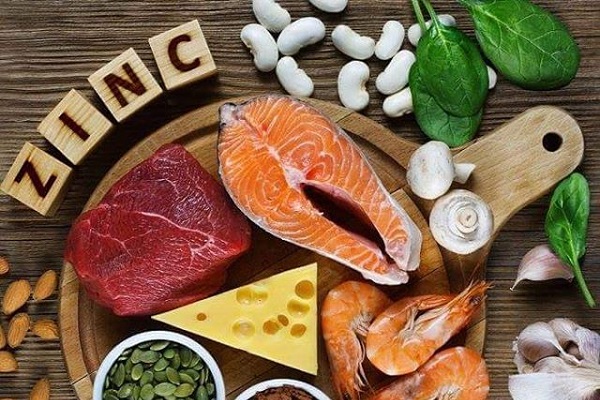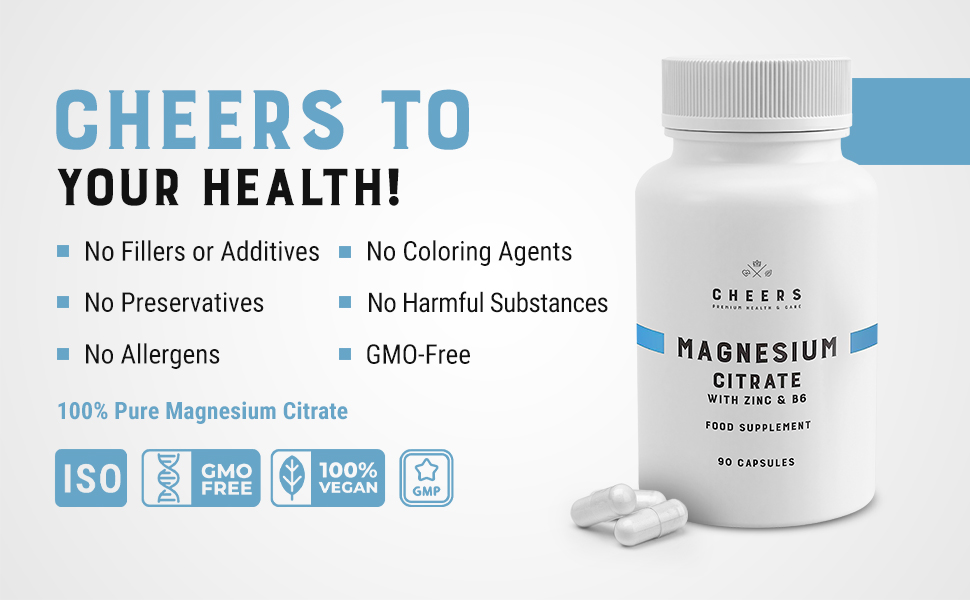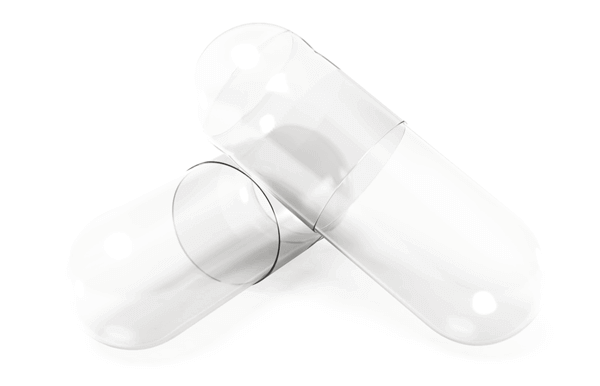
Zinc – body requirement for this trace element
Zinc is an element that in the human body is present in the greatest amounts in the skeletal and muscular systems, as well as in erythrocytes and the nervous system. As a cofactor of several hundred enzymes, it has a large influence on the course of metabolic processes. That’s why it’s so important to provide the right amounts of zinc.
The daily dose of zinc for individual age groups is as follows:
– babies: 2 mg
– children 1–3 years old: 3 mg
– children 4–9 years old: 5 mg
– boys 10–12 years old: 8 mg
– boys 13–18 lat and grown men: 11 mg
– girls 10–12 years old: 8 mg
– girls 13–18 years old: 9 mg
– women: 8 mg
– pregnant women: 11–12mg
– breastfeeding women: 12–13 mg
An increased zinc requirement applies to people who abuse alcohol, take certain medications, take very large amounts of vitamin B6. Also people suffering from insulin resistance or diabetes and affected by poor absorption syndromes should take higher amounts of zinc.
Zinc – sources in the diet and supplementation
Is it easy to get the required amount of zinc from the diet? It turns out it isn’t – whereas zinc content in the diet is not so small, its absorption rate is really low. It especially applies to grains and legumes, which contain a lot of zinc – as well as phytic acid, which is a compound that makes it impossible to absorb zinc, as well as magnesium or iron. Other rich sources of zinc are meats, fish and seafood – they contain large doses of zinc, and absorption rate of zinc for these natural sources is very good. But the absorption rate may also be negatively impacted by certain commonly used medications, like antibiotics, steroids, hormonal contraception. All of that contributes to zinc deficiencies.
One effective way to prevent zinc deficiency is supplementation of this compound. The most commonly used doses of zinc in supplements are about 10 mg – which is the daily requirement for this element. Such dosage is completely enough to replenish the zinc supply in the diet.
But is it possible to overdose zinc?
If it is taken as recommended – it is not possible. The maximum dose that shouldn’t cause adverse reactions is about 150 – 200 mg, and a toxic dose of zinc is about 1 g.
Too much of zinc in the body might lead to:
– increased blood cholesterol level
– copper deficiency
– digestive tract irritations
– immunity disorders
– headaches and dizziness
– nausea and vomiting
– ulcers on the mucous membranes
What happens when there’s not enough zinc?
If we don’t get enough zinc with our diet, a zinc deficiency will develop over time. The first symptoms of it are problems with skin, hair and nails.
The characteristic symptoms are:
– brittle hair and excessive hair loss
– fragile and brittle nails
– excessively oily scalp
– increased skin keratosis
– acne
– skin inflammations and slow wound healing process
Other symptoms of zinc deficiency are lower libido and fertility disorders, lowered immunity, increased blood glucose level, impaired vision, smell and taste, possible muscle tremors. In a longer run, there might be enlarged prostate, arteriosclerosis, impaired vision after dark.







One Response
Visitor Rating: 5 Stars